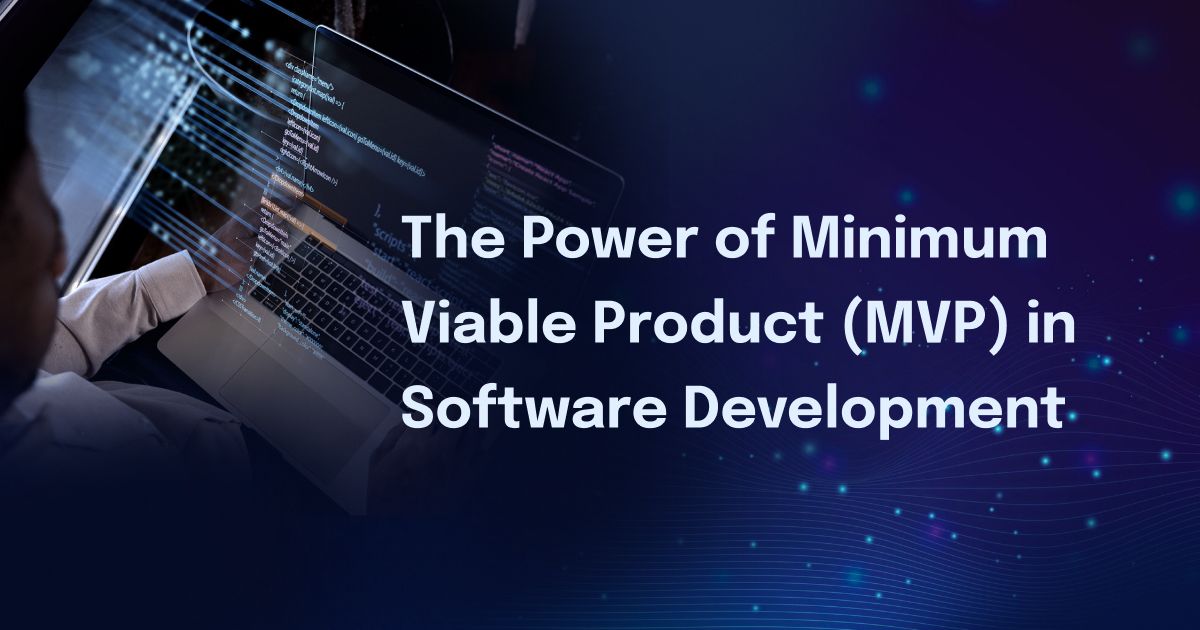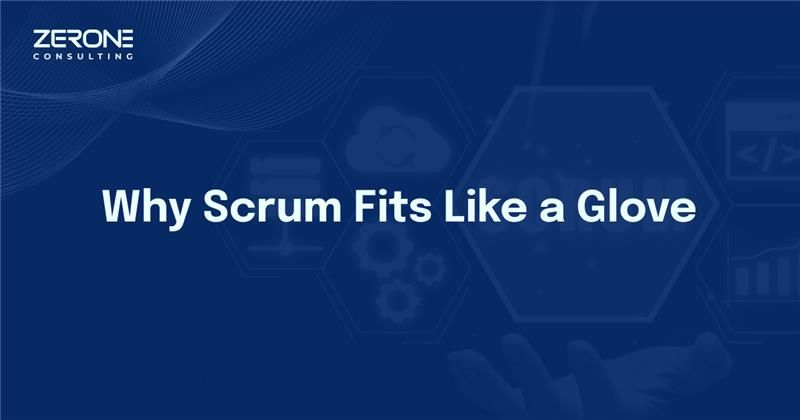MVPs - A silver bullet in software development
The Power of Minimum Viable Product (MVP) in Software Development
In over 30 years of working in the software industry, I have seen projects stumble under the weight of complexity, extended timelines, and missed expectations. If there is one approach that stands out as the silver bullet for mitigating these risks, it is the use of a Minimum Viable Product (MVP). An MVP allows teams to focus on delivering only the core value to the user, quickly validating assumptions, and gathering essential feedback. Yet, despite its power to drive iterative improvement and align development with real user needs, it remains one of the most underappreciated tools at the disposal of software engineering teams. When embraced correctly, an MVP is not just an approach —it’s a strategy that can redefine success.

What is a Minimum Viable Product (MVP)?
A Minimum Viable Product (MVP) is a stripped-down version of a product that includes only the essential features needed to satisfy early customers and provide feedback for future development. It represents the balance between a "minimum" set of features and a "viable" product that users can engage with effectively. By focusing on the core functionalities, the MVP enables teams to bring a product to market quickly, gather real-world insights, and iterate based on user responses.
Why is an MVP Crucial in Software Engineering?
Early Market Validation
An MVP allows developers to test their product concept in the real market environment without the overhead of building a fully featured solution. It enables teams to validate their ideas and identify the product-market fit early in the development cycle. This early exposure helps in understanding user needs and gauging interest, which can guide future development efforts.
Risk Reduction
Investing heavily in building a complete product only to realize it's not what the market needs can be a costly mistake. An MVP mitigates this risk by focusing on essential features first, ensuring that resources are allocated to aspects of the product that truly add value. It allows teams to assess the viability of their product idea and pivot if necessary, thereby reducing financial and technical risks.
Faster Time-to-Market
In the dynamic world of software, timing is everything. Building an MVP allows developers to get their product into the hands of users quickly. This swift delivery not only provides a competitive edge but also sets the foundation for a more iterative, user-driven development process.
Encourages Incremental Development
Building an MVP aligns perfectly with Agile methodologies. It promotes an iterative development cycle, where feedback from each iteration guides future enhancements. This incremental approach ensures that the product evolves in response to real user needs, rather than speculative assumptions. By focusing on user-centric design, teams can prioritize features based on actual demand and refine the product with each new release.
Minimizes Wastage of Resources
One of the core principles of an MVP is to concentrate on high-value features. By releasing a product with only its core functionalities, teams can avoid wasting time and budget on unnecessary features that may not resonate with users. This focused approach ensures efficient use of resources, reducing the likelihood of building features that fail to deliver value.
Facilitates Learning and Adaptation
An MVP provides the ideal platform for learning. By putting a basic version of the product in front of real users, teams can gather valuable feedback and insights into how the product is being used. This information is crucial for guiding subsequent iterations. If users indicate that certain features are missing or the product needs a different direction, the team can pivot based on this data, ensuring that the product evolves to meet market demands.
Building a Successful MVP
Step 1: Define Core Objectives
Before diving into development, it’s essential to set clear objectives. Identify the problem your product aims to solve and define the goals you want to achieve with the MVP. Understanding the core objectives will keep the development team focused and aligned.
Step 2: Identify Core Features
Focus on the product's essential functionalities—the features that are absolutely necessary to address the problem you've identified. It’s easy to get caught up in adding "nice-to-have" features, but the key to a successful MVP is to concentrate solely on what makes the product viable.
Step 3. Creating a wireframe
Wireframes offer a low-fidelity, visual blueprint of the product, allowing teams to conceptualize the structure, layout, and user flow without getting bogged down in design details. This step is essential because it ensures that the focus remains on functionality and user experience, aligning the team and stakeholders around a shared vision early in the process. By sketching out the core elements and interactions, wireframes allow for quick iteration, easy adjustments, and valuable feedback.
Step 4: Create a Prototype
A basic prototype that showcases the main functionality can be invaluable. This prototype serves as a preliminary version of your MVP, allowing you to visualize and refine the product before investing in full-scale development.
Step 5: Gather Feedback
Once the MVP is released, gather feedback from early adopters. Use surveys, interviews, and analytics tools to collect insights on how users are interacting with the product. This feedback is crucial for identifying areas for improvement and validating the product's direction.
Step 6: Refine and Iterate
Based on the feedback received, make necessary changes to the product. The MVP approach embraces continuous improvement through iterative cycles. Each iteration brings you closer to a product that aligns with user expectations and market demands.
At Zerone Consulting, we consistently advocate for the use of MVPs in software product engineering. The difference between teams that embrace MVPs and those that don’t is striking. Teams using MVPs go to market faster, make better use of their budgets, and deliver products that resonate more strongly with their target audiences. The overall outcomes—both in terms of product success and market alignment—are significantly improved when MVPs are part of the strategy.
We can help!
Finding The Right Match: When Scrum Works Best
#Customapplicationdevelopment
The Green Revolution: A Tale Of Technology Giants Striding Toward Sustainability
#Customapplicationdevelopment
Diversity And Inclusion In Tech: Boosting Employee Retention Strategies
#Customapplicationdevelopment




